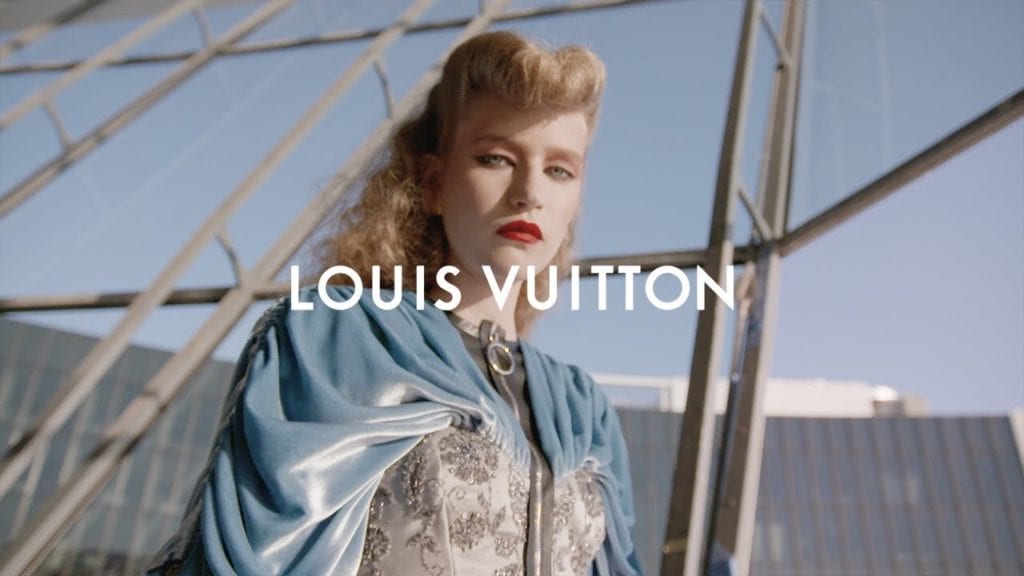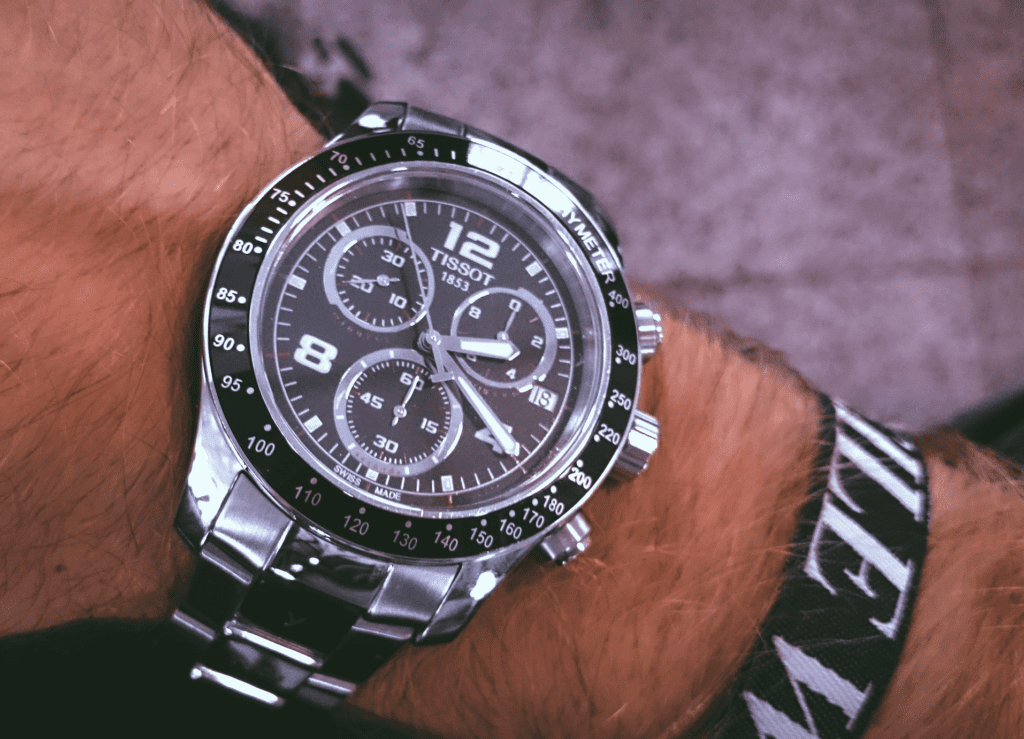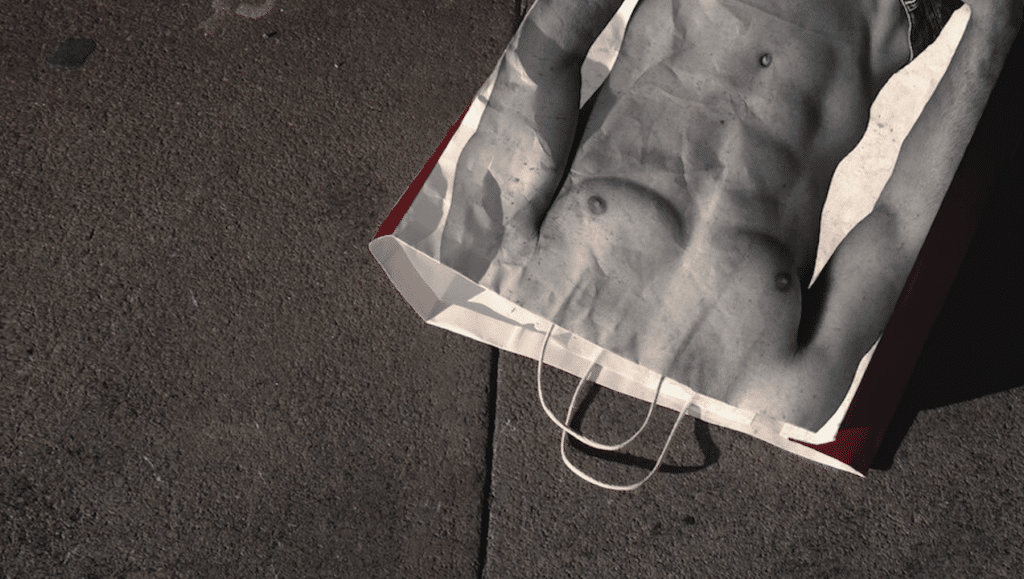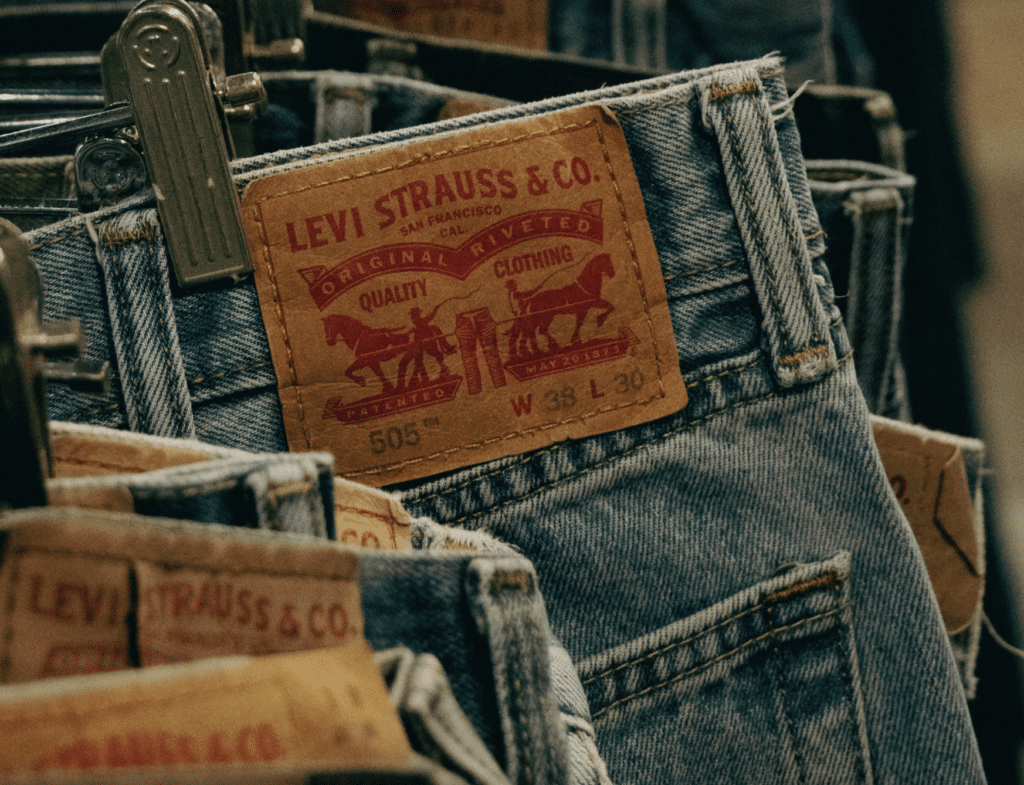Five years ago, Louis Vuitton’s Damier pattern took a beating. In April 2015, the European Union General Court refused to reverse two unfavorable decisions from the First Board of Appeal of the Office for Harmonization in the Internal Market (“OHIM”), and instead, determined that the trademarks – two checkerboard prints that were initially filed for and registered in 2008 for use on handbags, suitcases, pouches, wallets, etc., and subsequently contested by a German retailer that was being pursued by Vuitton for infringement – are “basic and banal feature[s] composed of very simple elements” that “have been commonly used with a decorative purpose in relation to various goods.”
In upholding the decisions of the OHIM, the General Court not only sided with the EU agency, which is responsible for managing Community trademarks, and Nanu-Nana, the German retailer that sought to invalidate the marks a few years prior on the basis that the marks are decorative designs “devoid of any distinctive character,” it handed Louis Vuitton what would be the latest blow in its quest to reclaim rights in the Damier print, one that was created by Mr. Louis Vuitton, himself, and his son Georges, 133 years ago.
Louis Vuitton – the world’s most valuable luxury goods brand – has been on a mission to regain its registrations in two versions of the checkerboard print since the OHIM’s Cancellation Division first invalidated them nearly 10 years ago (in response to Nanu-Nana’s formal invalidation proceedings). In a July 2011 decision, the Cancellation Division upheld Nanu-Nana’s application for a declaration of invalidity after determining that “the relevant public would see [the designs] as merely decorative features,” and not as indicators of source in the same way as the “Louis Vuitton” name or “LV” logo, for instance.
What ensued was a back-and-forth of filings, which ultimately resulted in the matter going before the EU General Court, where Louis Vuitton would land yet another loss.
The General Court found that because the Damier marks do not “depart significantly from the norms and customs of the sector,” Louis Vuitton had to show that the marks had acquired distinctiveness as a result of use (as required for the protection of marks that are not inherently distinctive, such as patterns like the Damier) in each of the EU member states in order to benefit from a trademark registration.
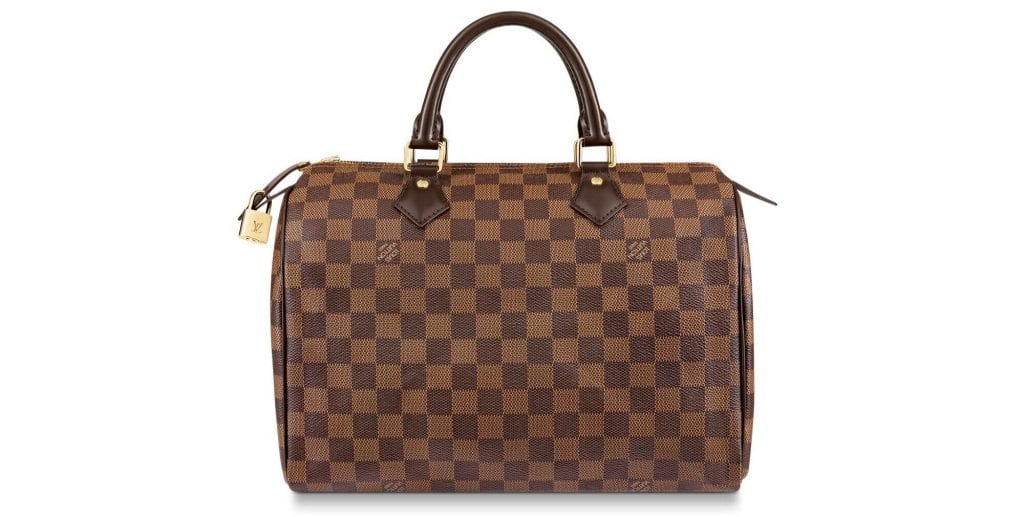
According to the General Court’s April 2015 decision, Louis Vuitton failed produce sufficient evidence showing that its marks had acquired distinctiveness – or in other words, that consumers have come to recognize the marks as indicator of the source of the products upon which they appear. This is significant, as the fundamental purpose of a trademark – whether it be a brand name or logo or a distinctive pattern – is to identify the source of a product (or service) for consumers, and distinguish that product/service from those of other brands.
The court determined that while Louis Vuitton did, in fact, show that the Damier prints had acquired distinctiveness in an array of EU member states, it could not show that that was the case for all of the then-27-member states, which is critical, the court asserted, as “in order to be accepted for registration, a sign must possess distinctive character, inherent or acquired through use, throughout the European Union.”
To be exact, the court found that Louis Vuitton failed to produce evidence that its original brown Damier Ebène print had acquired distinctiveness in Denmark, Portugal, Finland and Sweden, and similarly fell short on producing evidence of acquired distinctiveness for the subsequently-created black and gray Damier Graphite in Estonia, Latvia, Lithuania, Malta, Poland, Slovenia, the Slovak Republic, and Bulgaria.
As such, the General Court upheld the decision of the First Board of Appeal of the OHIM, and dismissed Louis Vuitton’s appeal, ordering the brand to pay the legal costs of the prevailing party, the OHIM.
That was not the end of the case, though, unsurprisingly given the high-stakes nature of the fight; after all, no small number of the bags, luggage, and other leather goods that Louis Vuitton offers for sale are made from Damier canvas (meaning that a noteworthy amount of the estimated $12.9 billion in revenue that the house generates each year likely comes from Damier-specific products), and while the General Court’s decision does not prevent Louis Vuitton from selling Damier products, it does put a sizable dent in the brand’s ability to claim exclusive rights in the marks in the EU (and thus, prevent others from using them in connection with handbags and leather goods).
With the General Court’s decision in mind, counsel for the brand appealed to the highest court in the EU, the Court of Justice, where counsel for the parties – Louis Vuitton and the OHIM – are expected to appear and argue their sides on Wednesday.
*The case is Louis Vuitton Malletierv. Office for Harmonisation in the Internal Market (Trade Marks and Designs) (OHIM),T‑360/12.




